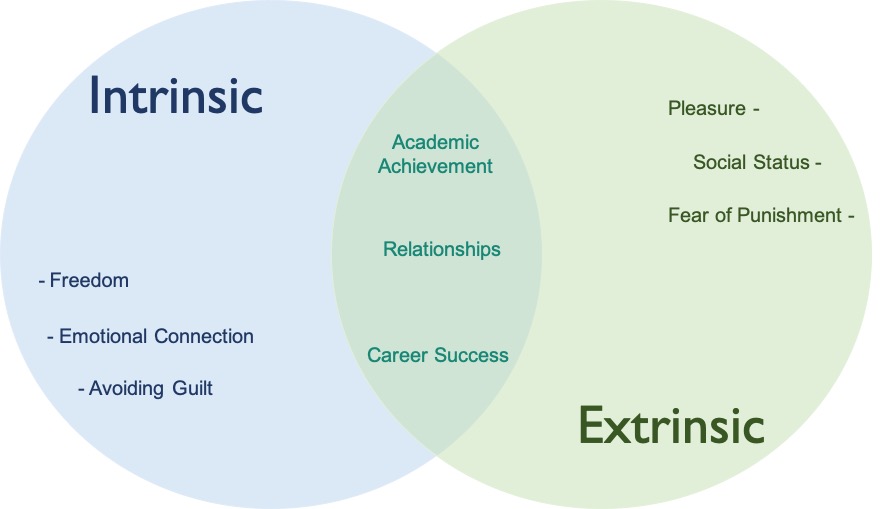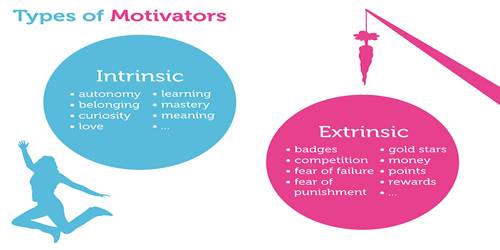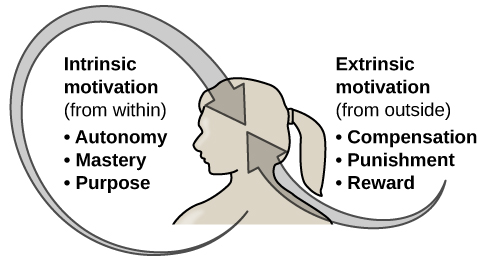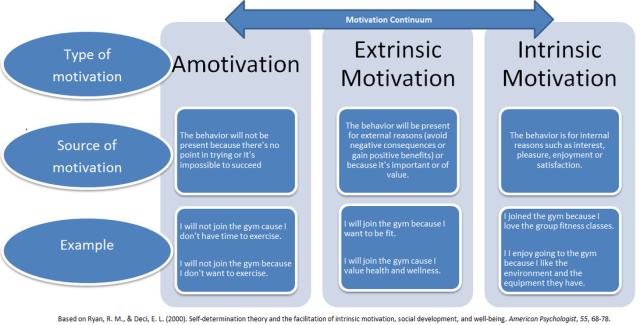Intrinsic And Extrinsic Rewards For Students

Extrinsic motivation is doing something to earn a reward or to avoid a punishment.
Intrinsic and extrinsic rewards for students. They cannot be seen or touched but are emotionally connected with the employees. For example a student studies for a test because they want to earn a good grade. Extrinsic rewards for students. On the other hand extrinsic motivation is driven by external rewards or punishments like scholarships and grades kendra cherry 2019.
Intrinsic rewards are the non physical rewards. You expect to get something for completing a certain task or you want to avoid a consequence for not doing something. A classroom climate that supports mastery orientations by minimizing public evaluation and normative comparisons providing opportunities for improvement and recognizing student effort should also be beneficial. Extrinsic rewards for students are tangible rewards given by teachers to students to motivate them and reinforce performance and behavior.
Learn more about intrinsic and extrinsic motivation from definitions and examples. This post provides 18 examples of extrinsic and intrinsic motivation in the classroom. All teachers agree that the goal is for students to feel intrinsically motivated to behave and perform on their own but there is much disagreement about how to. Extrinsic motivation on the other hand is when we are motivated to perform because of some type of reward or to avoid being punished.
Intrinsic and extrinsic are the two types of motivation. There are two types of motivation intrinsic and extrinsic. Many teachers see extrinsic material rewards as appropriate and effective behavioral management techniques while others feel that they qualify as bribes. The primary motivator is external i e.
Others have suggested that extrinsic motivators help students feel more competent in the classroom which in turn enhances their intrinsic motivation. Intrinsic motivation is when your behaviour is driven by internal rewards like joy and interest kendra cherry 2019. For example a person may play a sport because they enjoy playing the sport and they like the feeling it gives them. Intrinsic motivation is behavior stimulated by what comes from within an individual.
Classroom incentives and prizes make up a highly controversial area of teaching. A person with extrinsic motivation wants to do a task in order to receive a reward or avoid a punishment. They are extrinsic because they come from outside the. Intrinsic reward is directly related to job performance as a successful task.
/2795384-differences-between-extrinsic-and-intrinsic-motivation-5ae76997c5542e0039088559.png)
:max_bytes(150000):strip_icc()/2795164-what-is-extrinsic-motivation-5b31542404d1cf0036a91c79.png)



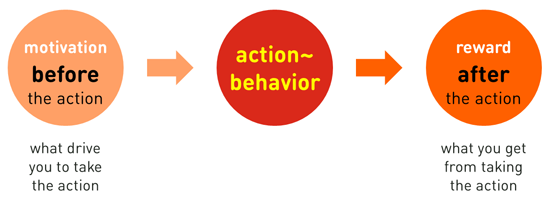
:max_bytes(150000):strip_icc()/2795385-what-is-intrinsic-motivation-5afb187443a1030037f0b2a0.png)
